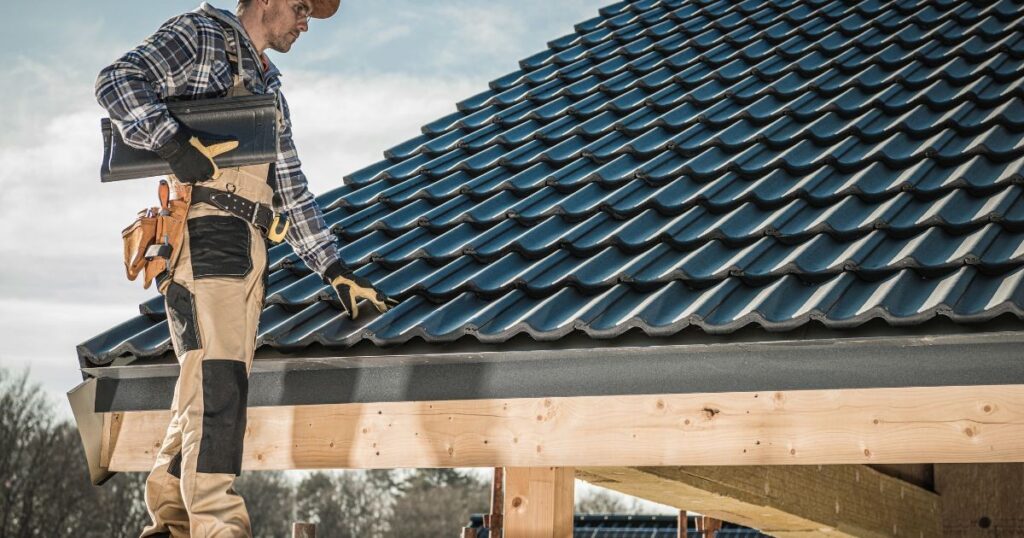
When working on roofs, safety and proper procedures are essential.Understanding the requirements can prevent accidents and ensure a successful project. Proper planning is crucial before starting any roofing job.
Essential Safety Gear and Equipment That Every Roofer Needs to Ensure a Safe Working Environment
Using the right safety gear is mandatory when working on roofs. Workers should wear personal protective equipment (PPE) to minimize risks.
- Hard Hats: Protects against falling debris.
- Safety Goggles: Shields eyes from dust and particles.
- Non-Slip Footwear: Provides better traction on slippery surfaces.
- Harness Systems: Secures workers to prevent falls from heights.
- Gloves: Protects hands from cuts and abrasions.
The Importance of Proper Training and Certifications for Roofing Professionals to Ensure Safety and Skill
Before working on roofs, individuals must undergo proper training. Knowledge of roofing techniques and safety protocols is vital. Certifications ensure that workers understand the risks associated with roof work. This training can significantly reduce the chance of accidents on the job.
Comprehensive List of Tools and Materials Required for Efficient and Effective Roofing Projects
Having the right tools is essential when working on roofs. Workers should ensure all necessary materials are on hand before starting. Common tools include:
- Roofing Nailers: For efficient installation of shingles.
- Ladders: Essential for accessing the roof safely.
- Utility Knives: Useful for cutting roofing materials.
- Measuring Tape: Ensures accurate measurements for roofing materials.
- Roofing Hammers: Designed for driving nails into shingles.
- Chalk Lines: Helps in marking straight lines for shingle placement.
Understanding Local Regulations and Building Codes That Impact Roofing Work Requirements
When working on roofs, it’s important to be aware of local regulations. Building codes dictate certain standards that must be followed. Failure to comply with these regulations can lead to fines or project delays. Consulting with local authorities can provide clarity on necessary permits.
Weather Considerations and Their Impact on Safety and Quality When Working on Roofs
Weather conditions play a significant role when working on roofs. Extreme heat or rain can pose safety risks and affect the quality of work. Planning roofing projects during favorable weather conditions is essential. Monitoring forecasts can help in scheduling work effectively.
Best Practices for Maintaining Safety and Efficiency While Working on Roofs to Prevent Accidents
Implementing best practices can enhance safety and efficiency on roofing projects. Regular safety meetings can keep everyone informed about risks. Ensuring clear communication among team members is crucial. Establishing a rescue plan in case of emergencies can save lives.
Key Requirements and Best Practices for Safe and Efficient Roofing Work Execution
In conclusion, when working on roofs, several requirements must be met. Safety gear, proper training, and the right tools are crucial. Understanding regulations and weather conditions can enhance project success. By following these guidelines, workers can ensure safety and efficiency on the job.